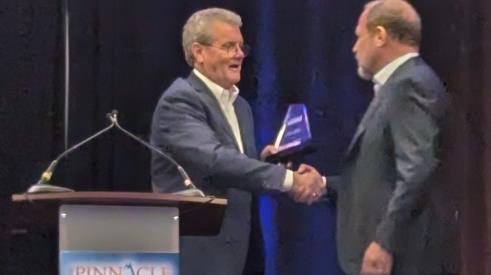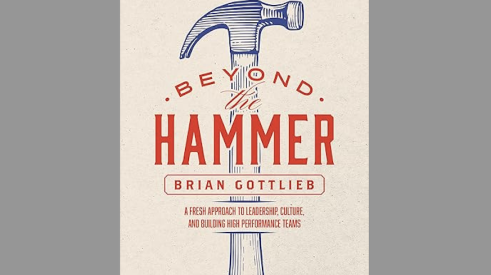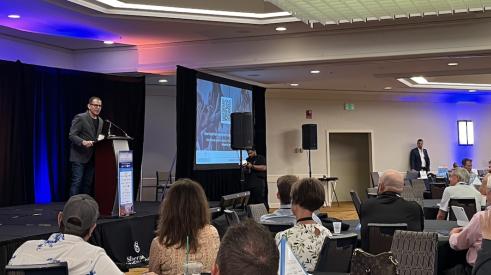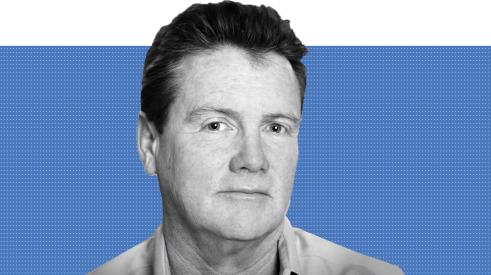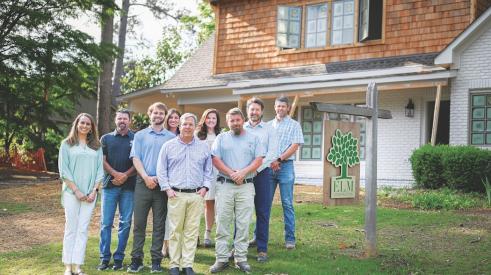I live and work in northwest Washington, D.C., home of a pizza place called Comet Ping Pong. It’s now famous because about a month ago a 28-year-old North Carolina man armed with an assault rifle and a pistol entered the restaurant to “investigate” a story that had gone viral on social media sites in the days leading up to the presidential election. The story said that a ring of pedophiles tied to Hillary Clinton and John Podesta was holding children as sex slaves in the basement of the Comet building. After a tense 45 minutes, the suspect was arrested. No children were found in the basement. And no one was hurt.
At least not directly. But this bizarre event raises a number of troubling questions. I will leave it to others to speculate on why the conspiracy theory went viral in the first place. More important to me is the effect “fake news” has on how safe and secure people feel and on where they place their trust.
Leadership and Company Culture
By coincidence, at the time of the Comet Ping Pong event I was reading Leaders Eat Last, a book by Simon Sinek in which he discusses how people working under leaders who create a “circle of safety” are more likely to support and help coworkers instead of looking out for themselves at the expense of others. This leads to sharing of information instead of hoarding it, greater accountability and less fear about making mistakes, and more behavior that is other-directed instead of me-first, all of which contribute to a stronger business that better serves its employees and its customers.
In one of many examples. Sinek looks at Jack Welch, who as CEO of GE during the 1980s and ’90s earned the nickname “Neuron Jack” for his tactic of rewarding the top-performing 20 percent of his employees and firing the bottom 10 percent every year. It led to spectacular success for GE and its shareholders, and celebrity status for Welch. But it created a culture of competition, backbiting, and selfishness that eventually led to steep declines in profitability, especially in times of stress, such as the post-9/11 economy and post-2007 Great Recession.
By contrast, Sinek presents James Sinegal, the co-founder of Costco. He believed in treating employees like family and backed that up with actions that protected his workforce. During the Great Recession, he increased wages and refused to cut benefits because he realized his employees needed more, not less, to get through hard times.
Costco went public in 1986 and if you had bought its stock and GE’s back then, Sinek points out, by 2013 your ROI on the GE stock would have been 600 percent, about the same as the S&P 500. The ROI for Costco over the same period? 1,200 percent. Although at one point the GE investment could have yielded a 1,600 percent return, timing the cash-out was what Sinek calls a “roller coaster” ride. Costco’s return, by contrast, rose slowly but steadily over the entire period.
Circle of Safety
As Sinek says, we can rely on rules and technology, but we can only trust people. With the rise of fake news and the portent of more events like those at Comet, and all of the insecurity that creates in the personal lives of employees and customers, your business needs a circle of safety now more than ever. For Sinek, that means giving authority to the people who are closest to the information, creating an environment where it is safe to make mistakes, and encouraging people to share ideas without having to worry about being one-upped.
As the leader, you’re in the center of a circle of safety that only you can draw.
Looking for more info on leadership? Watch this TED Talk, “Why Good Leaders Make You Feel Safe.”
Related Stories
Brian Gottlieb Receives Remodeling Mastery Award
Presented by industry icon, Mark Richardson, the award celebrated Gottlieb’s extraordinary impact on remodeling
What's Beyond the Hammer?
Working with Brian Gottlieb on the book Beyond the Hammer provided a masterclass on how to build an aligned team
How to Eliminate Boring, Languishing Meetings
Leff Design Build ensures maximum productivity and efficiency through these straightforward methods
5 Counterintuitive Strategies to Improve Your Business
Follow these strategies to inspire employees, instill trust, and beat the competition
Couple Act As Much More Than General Contractors
How LBR Partners uplifts and educates their Spanish-speaking trade partners
Artificial Intelligence Meets Design
An architect looks at the pitfalls of using technology to take over human design tasks
How to Correctly Hire for Business Growth
Refloor CEO Brian Elias shares exactly how his company hires the correct people for the correct seats
What the Most Successful Remodelers are Doing Right Now
Industry advisor Mark Richardson shares the answers to his three most asked questions: What's the remodeling market like? What are other remodelers doing? How do I measure up?
Becoming an Employee-Owned Design-Build Company
One remodeler’s cancer diagnosis changed the way he approached succession planning
Grace, Growth, and Keeping Your Word: NAHB Remodeler of the Year Elliott Pike
ELM Construction Founder Elliott Pike’s three sources of success, and his road to the National Association of Home Builders' Remodeler of the Year



